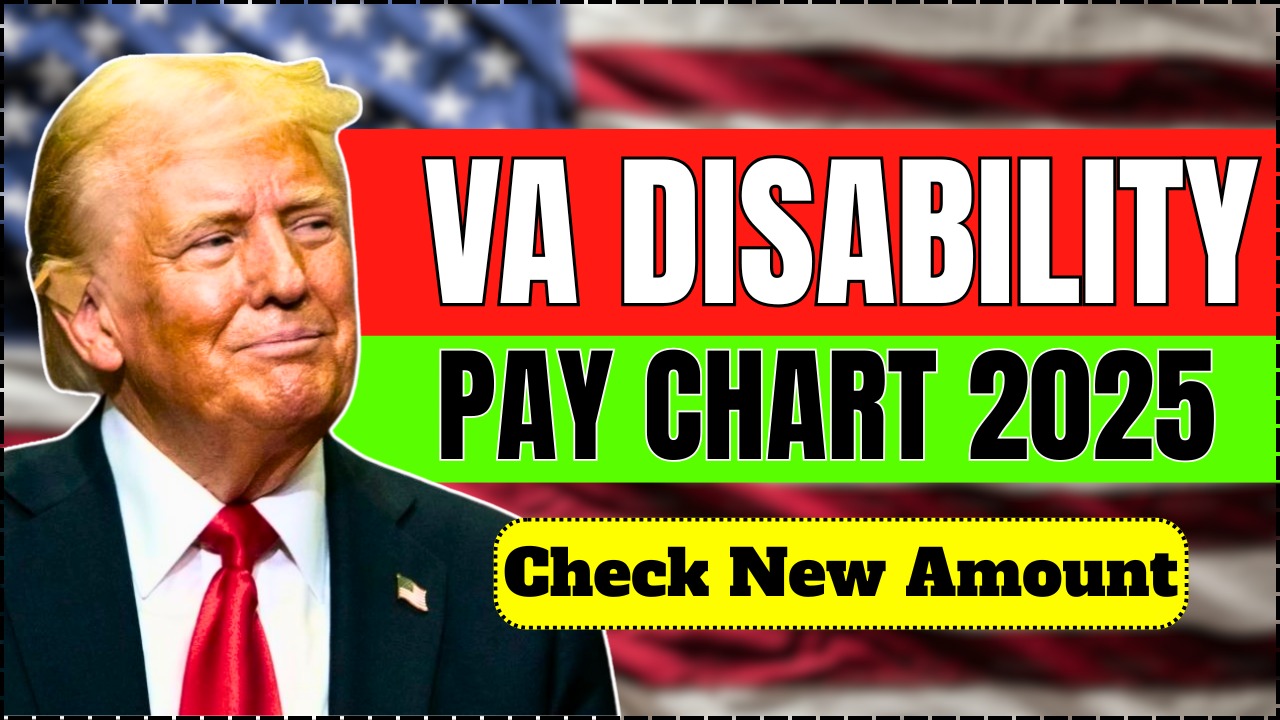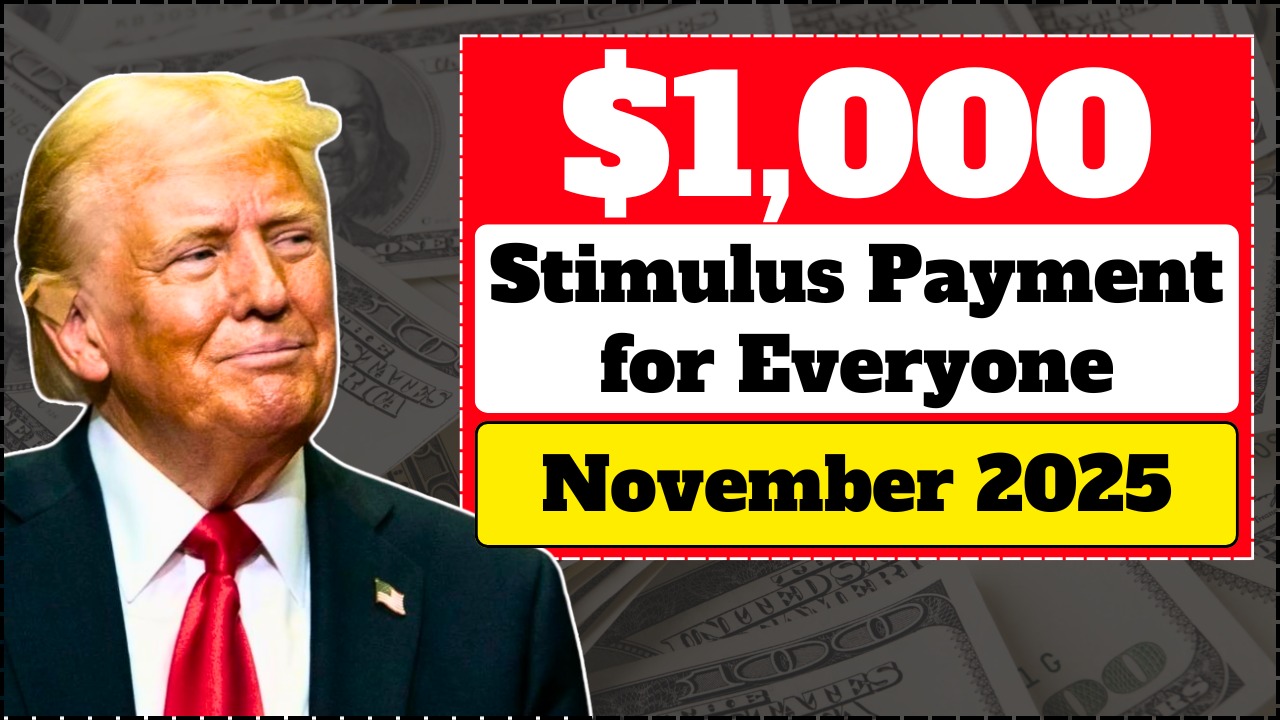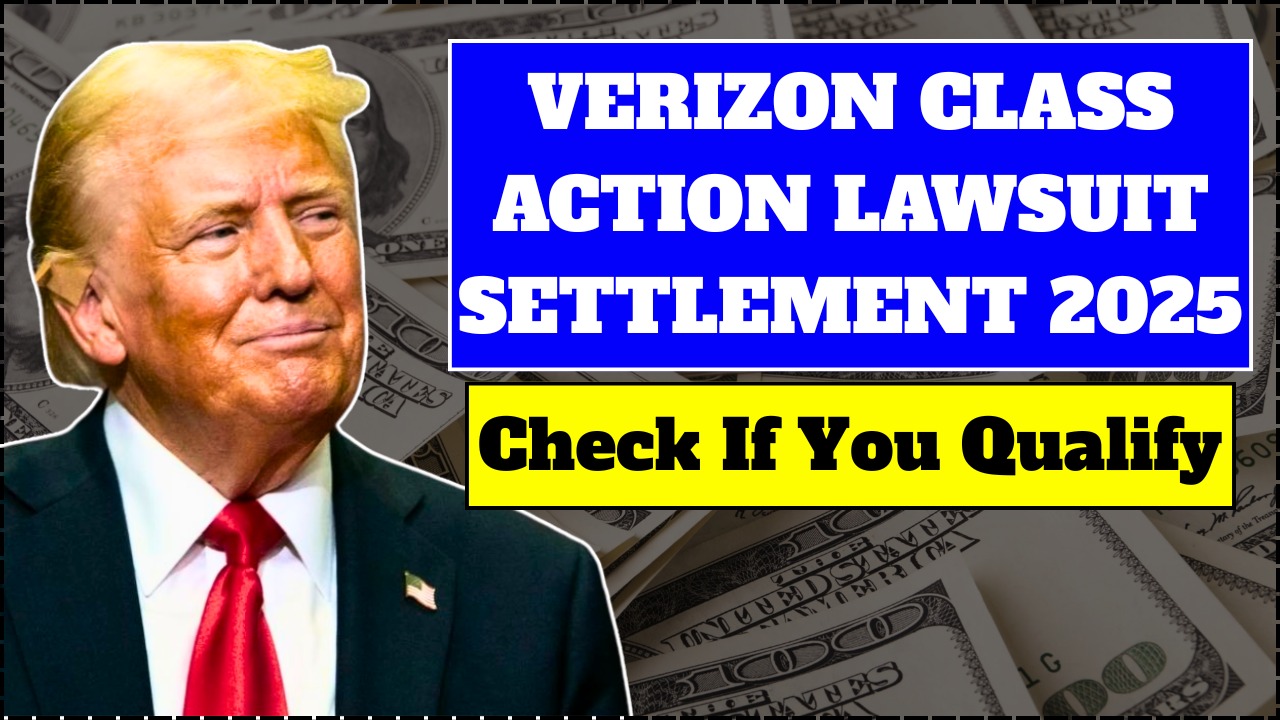Millions of Americans may soon see extra funds in their bank accounts this October. The U.S. government, responding to rising inflation and high living costs, has confirmed plans for a $2,000 direct deposit to help families manage everyday expenses. This article explains who qualifies, how payments will be sent, and what to do if you haven’t received yours yet.
Table of Contents
What is the $2,000 Direct Deposit Payment?
Over the past year, many households have struggled with increasing prices on groceries, rent, healthcare, and transportation. To provide temporary relief, the Internal Revenue Service (IRS) is set to roll out a one-time $2,000 payment to eligible citizens.
This financial support aims to assist working families, senior citizens, veterans, and low-income households. While it’s not a recurring program, it’s designed to give short-term relief and stimulate local economies by boosting consumer spending.
Eligibility Criteria
Eligibility depends on income levels, tax filing status, and residency. The IRS will use the most recent tax return on file to determine qualification.
Proposed $2,000 Direct Deposit Eligibility
| Filing Status | Maximum Income for Full Payment | Notes |
|---|---|---|
| Single | Up to $75,000 | Receives full $2,000 |
| Head of Household | Up to $112,500 | Receives full $2,000 |
| Married Filing Jointly | Up to $150,000 | Receives full $2,000 |
| Above Income Threshold | Reduced amount | Based on income |
| Seniors / Veterans | Eligible via Non-Filer Tool | Must have valid SSN or TIN |
Families with dependent children may receive additional supplemental payments. Citizens who don’t typically file taxes—such as retirees, SSI or SSDI beneficiaries, and veterans—can still claim their payment through the IRS Non-Filer Tool.
Payment Schedule for October 2025
The IRS will distribute the $2,000 direct deposits in phases to ensure smooth and timely delivery.
| Phase | Eligible Group | Expected Payment Timing |
|---|---|---|
| Phase 1 | Tax filers with direct deposit info | Mid-October 2025 |
| Phase 2 | Social Security, SSDI, SSI, and VA recipients | Late October 2025 |
| Phase 3 | Paper checks and debit cards | Early November 2025 |
If you have direct deposit details on file, you’re among the first to receive the funds. Paper checks will take longer to arrive.
IRS Guidelines to Ensure Smooth Payment
To avoid delays, follow these important steps:
- Update IRS Account Details: Log in to your IRS online account and verify your bank account and mailing address.
- File Your 2024 Tax Return Promptly: The IRS bases eligibility on the latest tax return available.
- Use the Non-Filer Tool: Seniors or low-income citizens who don’t normally file taxes can use this option to register for payments.
- Track Your Payment: Use the “Get My Payment” feature on the IRS website to see the status and method of your deposit.
What to Do If You Don’t Receive the Payment
If your payment hasn’t arrived by November 2025, don’t panic. You can still claim it through your 2025 tax return using the Recovery Rebate Credit option.
Common reasons for delays include:
- Incorrect bank or address information
- Unprocessed Non-Filer applications
- Outdated IRS records
Ensure all your personal details are correct and that you’ve filed your 2024 tax return to prevent further delays.
Impact of the $2,000 Direct Deposit
This payment is expected to bring meaningful relief to families affected by inflation. Here’s how it can help:
- Cover essential bills, rent, and groceries
- Support healthcare and medical costs
- Reduce reliance on loans or credit cards
- Boost overall financial stability for retirees and low-income households
For many Americans, even a one-time payment can ease financial strain and help them stay ahead of rising expenses.
Final Thoughts
The $2,000 direct deposit program could be a significant step toward supporting millions of Americans in 2025. While final approvals and distribution dates are being finalized, now is the perfect time to update your IRS details to ensure timely delivery.
This initiative demonstrates the government’s ongoing effort to combat inflation, stabilize family budgets, and sustain consumer confidence.
FAQs
Q1: Do I need to apply for the $2,000 payment?
A1: No, it’s automatic for eligible taxpayers based on their latest IRS record.
Q2: Can non-filers receive the payment?
A2: Yes, through the IRS Non-Filer Tool for seniors, veterans, and low-income households.
Q3: When will the payments start?
A3: Mid to late October 2025, depending on eligibility and payment method.





